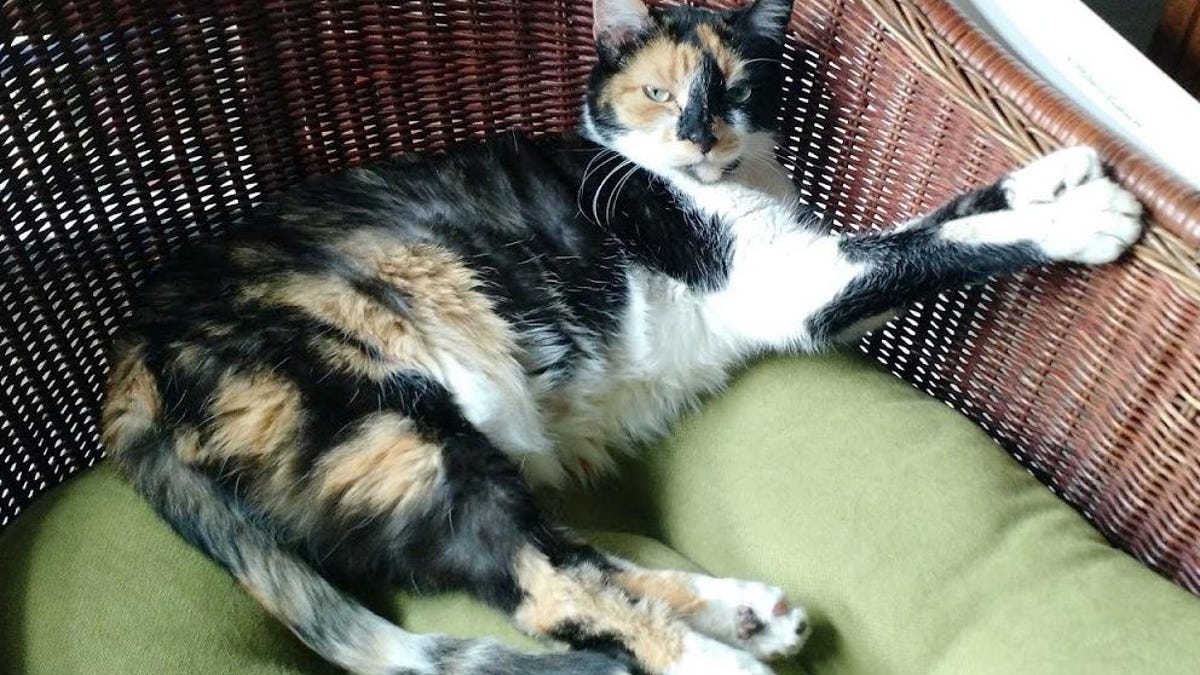Your cat might be left-pawed
Most cats may be decidedly lefties or righties, but the paw preference shakes out along feline gender lines, a new study says.
If you have a female cat, go watch her. Which paw does she use first to step over an object or step down from a perch? Which does she use to reach for food or a toy? If you find she prefers her right paw, your observations are right in line with a new study showing female cats tend to be right-handed.
Researchers at Queen's University Belfast recruited 24 male and 20 female domestic house cats (all of which had been fixed) and had their owners collect data on their behaviors at home. The cat people took note of which paw the cats preferred when stepping down stairs or over objects. The cats also took a test where they had to reach into a multi-tiered feeding tower for food.
The majority of cats displayed a definite paw preference, which was especially pronounced when reaching for food (where 73 percent of the cats favored one paw over the other). The study found male cats preferred to use their left paws while females favored the right.
While some previous studies have looked into cat-handedness, the Queen's University research is the first to use spontaneous situational data from cats observed in their own homes.
"The findings point more and more strongly to underlying differences in the neural architecture of male and female animals," says Deborah Wells, a psychologist and animal behavior specialist with Queen's University.
The researchers published their findings in the January issue of the journal Animal Behaviour with the wonderfully scienced-up title "Lateralization of spontaneous behaviours in the domestic cat, Felis silvestris."
While the data seems like an interesting curiosity, it may also help cat owners understand their pets better, and especially how they react to stress. "Ambilateral animals with no preference for one side or the other," Wells says, "and those that are more inclined to left-limb dominance, for example, seem more flighty and susceptible to poor welfare than those who lean more heavily towards right limb use."
It's Complicated: This is dating in the age of apps. Having fun yet?
Tech Enabled: CNET chronicles tech's role in providing new kinds of accessibility.


